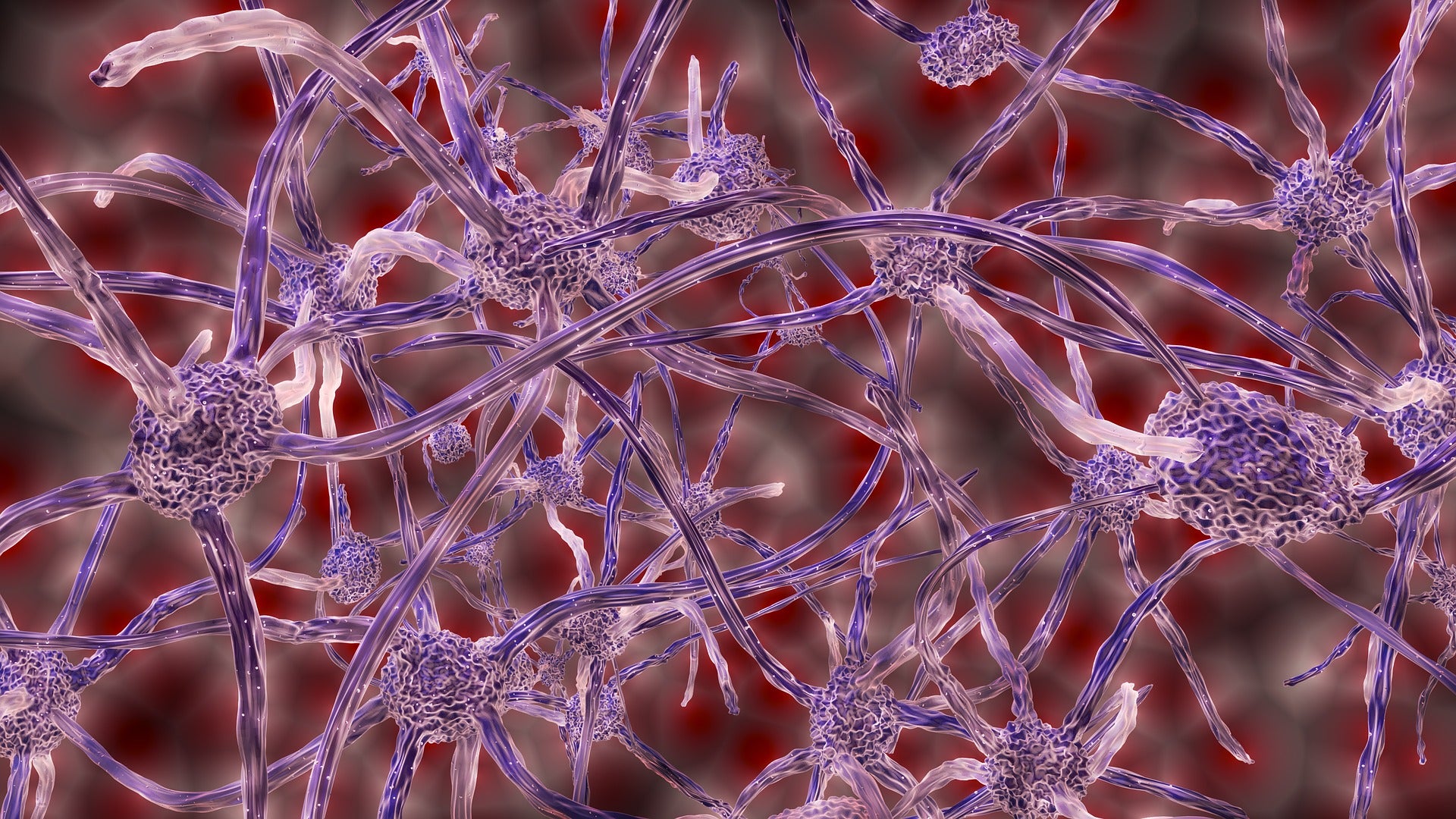
The US Food and Drug Administration (FDA) has granted breakthrough device designation to NeuroMetrix’s Quell device for treatment of the symptoms of fibromyalgia in adults.
A transcutaneous electrical nerve stimulator (TENS), Quell is intended for symptomatic relief and management of chronic pain in the lower extremities, including the knee, foot and leg.
Meant for over-the-counter use, the neurostimulator is a non-invasive, wearable device enabled by a tailored microchip that offers flexible, accurate nerve stimulation at increased power.
The device leverages position and motion sensing for automatic regulation of stimulation to deliver an optimal patient experience throughout the day and night.
Furthermore, it supports connection with the Quell app, which is available for smartphones, through Bluetooth low energy (BLE).
As part of the FDA Breakthrough Device Program, the agency will offer priority review for the device as well as advice on development until the product is marketed.
NeuroMetrix president and CEO Shai Gozani said: “The breakthrough device designation is an important milestone in the company’s effort to make Quell technology available to people living with fibromyalgia.
“We are moving forward with a regulatory filing that could position us to launch Quell for this indication in the second half of next year.”
The breakthrough status is based on data from a double-blind, randomised and sham-controlled trial, which involved 119 participants with fibromyalgia.
In the trial, the subjects used the Quell device in either active or sham mode for three months in the home setting.
Data showed that 56% of subjects who were using the Quell device had a clinically meaningful enhancement in health-linked quality-of-life versus 35% on the sham treatment.
Further positive outcomes were reported in the intent to treat the population and a pre-specified subgroup analysis of participants with increased pain sensitivity.
A common type of chronic pain, fibromyalgia is characterised by fatigue and sleep, cognitive and mood disturbances.



